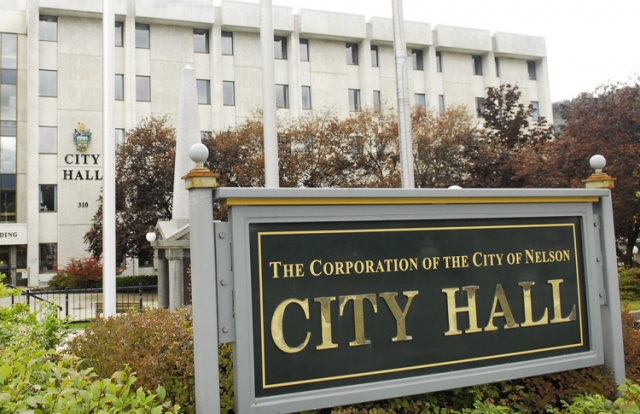Municipal Spending Watch pegs Nelson as an over spender
By Suzy Hamilton, The Nelson Daily
The City of Nelson is among the top third of BC municipalities who are spending more in operating costs than they are making, according to a Municipal Spending Watch report by the Canadian Federation of Independent Businesses (CFIB).
But Nelson city manager Kevin Cormack said the report is not “overly meaningful” because it does not go deep enough to represent the big picture.
Cormack was responding to the CFIB’s fifth annual report released in December, 2012, that said over a ten year period, municipal operational spending province-wide far exceeded population growth and inflation. This is not sustainable, according to the organization’s policy analyst Kimball Kastelen in Vancouver.
“Spending should be constant,” he said. “What gets municipalities in trouble is pressures for wages from the public sector.” He said the taxpayers are picking up the increase and that affects small business.
The report, he said, is a wake-up call for municipalities to rein in their operational expenses. It compares 153 municipalities in their spending and ranks them according to per capita expenditures with number one being the worst.
The municipality of Lytton is the biggest overall spender, with $6,303 spent per capita even though their population decreased, the report said.
Nelson ranks 48th spot according to the report which puts it in the top third of the over spenders. According to the report, Nelson spends $2,405 per capita.
“The Kootenay region was the location of the largest increases in real operating spending from 2009 to 2010, with both Slocan and New Denver registering approximately 20 per cent per capita increases in real operating spending,” the report stated.
Slocan was also ranked the worst in the region with a rank of 17th overall, according to the report.
Wells, Nelson, Sparwood and 100 Mile House all had per capita real operating expenditures over $2,000, well above the regional average of $1,572 the report said.
But Cormack said it is difficult to draw a picture of municipal spending in a report that doesn’t factor in revenues from Nelson Hydro, for example, or costs for recreation and waste that are done through the Regional District.
“Our largest expenditure is our power purchase for $6 million from Fortis,” Cormack said.
“We have about $14 million in sales and make a profit of $3 million which subsidizes taxes. This is unique to Nelson.”
“We can’t be spending more than we’re making. We have to have a balanced budget.”
There has, however, been a decrease in municipal spending from 2009 to 2010, said the report. “In fact, municipal spending from 2009 to 2010 increased at only a fraction of the rate it did over the previous year.”
Despite this course correction, the report said, excess municipal spending since 2000 now stands at $4.26 billion.
Cormack said the report gives a “false picture” and he would not use it to compare Nelson to other municipalities.
“This is why I encourage people to come out to budget meetings,” he said. “We can’t be spending more than we’re making.”
The CFIB, with 109,000 members coast to coast represents the interests of the small business community to all levels of government to advocate for tax fairness, reasonable labour laws and reduction of regulatory paper burden, according to their website.
The report recommends that municipalities limit increases to population growth and inflation; identify core services; align public sector compensation with the private sector and work with BCs new Municipal Auditor General.
For a PDF copy of the report, go to http://www.cfib-fcei.ca/cfib-documents/rr3280.pdf

























